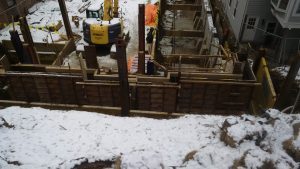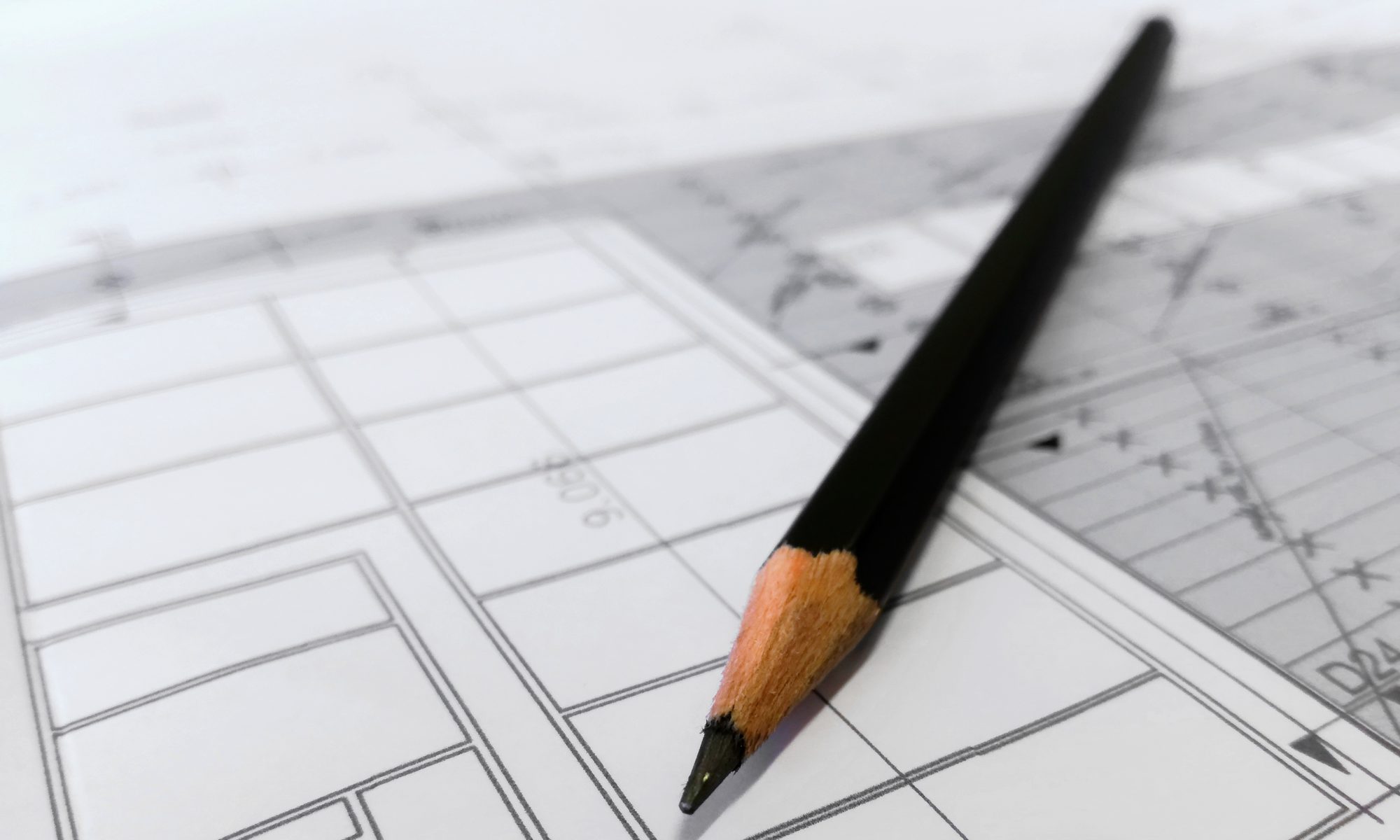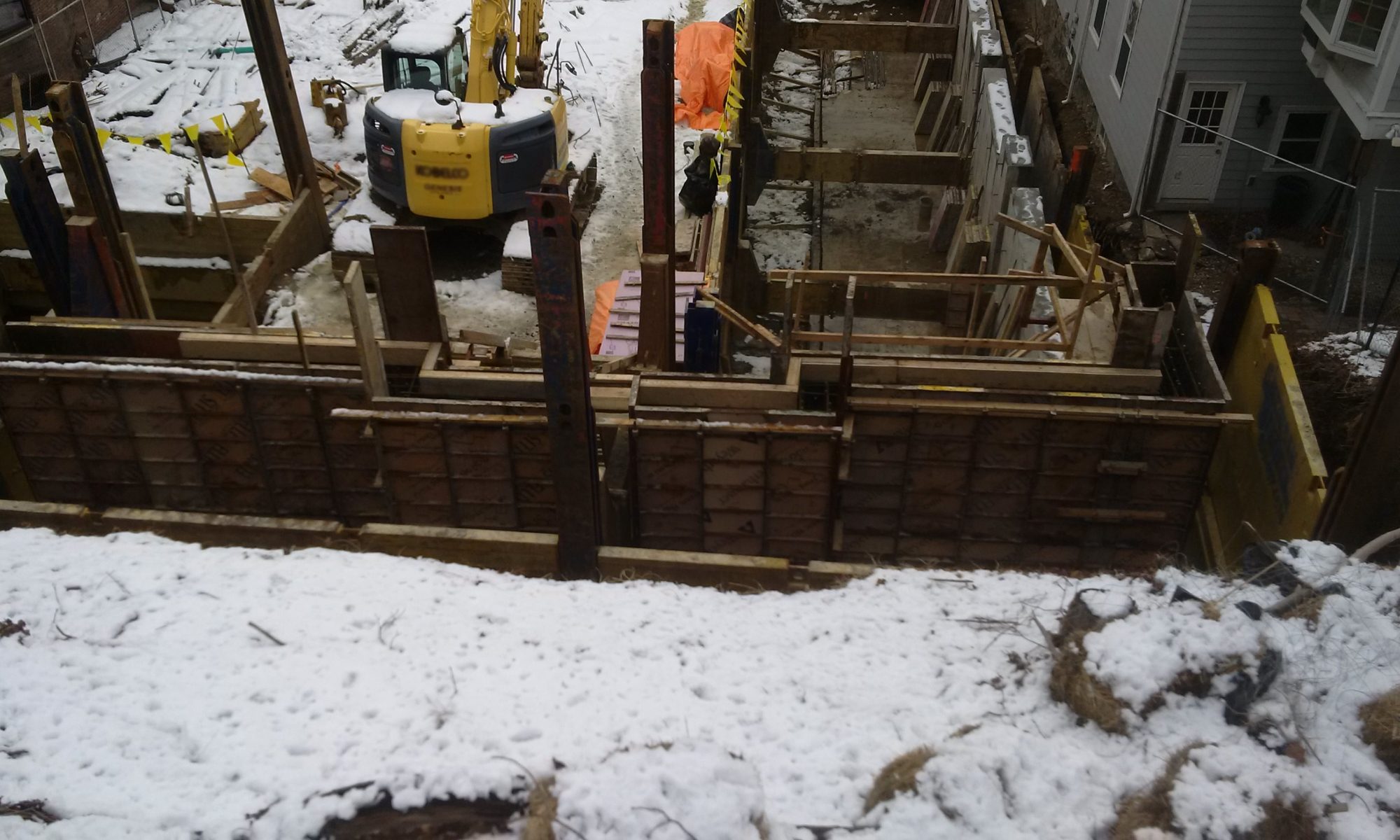 Occasional inconvenience from construction is a fact of life, especially for those of us who live or work in an urban area. Depending on how close the construction is to your home or business, the potential impacts might be more significant than traffic delays or noise. Construction projects can cause damage to nearby buildings and infrastructure, requiring risk mitigation, protection and performance monitoring.
Occasional inconvenience from construction is a fact of life, especially for those of us who live or work in an urban area. Depending on how close the construction is to your home or business, the potential impacts might be more significant than traffic delays or noise. Construction projects can cause damage to nearby buildings and infrastructure, requiring risk mitigation, protection and performance monitoring.
Most construction damage is caused by vibration, foundation movement or impacts from striking objects, material or equipment. When new construction and adjacent structures are both built up to the property lines, as is typical in many cities, these risks are increased and additional structural and building envelope issues can occur, especially if the adjacent building once shared a party wall with previous buildings on the construction site.
Generally, the construction team is responsible for any damage to other properties caused by the project. The construction team will manage these risks by balancing the hazards from various aspects of the work with the costs of reducing or mitigating risk, informed by the economics of the project, the risk tolerance of the construction team and applicable laws. The choices of the construction team may or may not be well aligned with the interests of abutting property owners.
This does not mean that an abutter has no choice but to hope for the best, suffer the effects of any damage and sue after the fact. You can reduce the risk of damage to your property due to adjacent construction by retaining qualified professionals to provide an independent assessment of the risk associated with the work, as well as review proposed protection and monitoring plans. This proactive approach is used by some large property owners to prevent damage and disruption to their facilities, rather than rely on insurance and litigation to recover from a loss after the fact.
Typically, your team of professionals would include a construction lawyer and a design professional. A construction lawyer is a specialist who is familiar with the legal aspects of the construction process. Your design professional should have a strong background in construction methods and behavior of existing structures. A forensic structural engineer is typically well suited for this role. For a more complex project with the potential for multi-discipline impacts, a team of professionals lead by an architect or program manager might be appropriate.
Your professionals should be engaged as early in the construction process as possible, so as to maximize opportunities to reduce risk. An early review of the proposed construction documents, if possible, will allow your team to identify likely hazards and possibly request design changes that mitigate them. Your design professional should review any proposed protective and monitoring measures as part of negotiating the construction team’s access to the property. During construction, your design professional can review the construction team’s monitoring data, perform supplemental monitoring of your property and observe and document potential construction damage. The objective is not to establish an adversarial relationship between the abutter and the construction team but to thoroughly manage risk. Cooperation is more conducive to this goal.
It is probably evident that the approach I have described is not without cost. This cost needs to be weighed against the potential impacts and likelihood of construction hazards. To that end, every service performed should have a benefit greater than its cost. This is, of course, very subjective and your risk tolerance will highly influence the services you select.
You should consider retaining an engineer to evaluate your risks, if your property is on an urban site, with minimal clearance between structures and the property lines, and significant construction is proposed along or near your property lines. In this scenario, the risks to your property may be significant and warrant at least a superficial evaluation. Piles driving, rock excavation and demolition along a property line could damage a structure adjacent to the same property line. If the excavation for the new structure is deeper than the foundation for an adjacent structure, which is likely if the adjacent structure is an old building, the measures to limit foundation movement would be required. Equipment strikes may be possible and roof protection may be necessary to prevent damage from falling objects. Since interaction with the adjacent property is likely and disputes are possible, engaging a construction lawyer may also be prudent.
Another case when you should engage professionals is if you are contacted by the construction team about performing a pre-construction survey, installation of monitoring instruments or constructing protective measures on your property. This is a clear sign that someone on the construction team believes there is a risk to your property that should be mitigated. This can provide the opportunity to engage the construction team in a broader discussion, ensure that the construction team has sufficient information about the property to mitigate construction risk and negotiate changes to proposed mitigation measures. In some cases (particularly large urban infrastructure projects), the owner of the project may be willing to pay for your professionals, or at least for some of your inconvenience, from their mitigation budget.
Finally, you should engage in the protection and monitoring process if you are worried about the effect of nearby construction on your property. Peace of mind is worth something and you may be able to resolve some of your concerns inexpensively. You should not attempt to harass or obstruct the work of the construction team, but if you think some condition on your property is the result of, or could be exacerbated by construction, by all means, call an engineer.
The information and statements in this document are for information purposes only and do not comprise the professional advice of the author or create a professional relationship between reader and author.
See also: Abutter Services, Forensic Investigations


